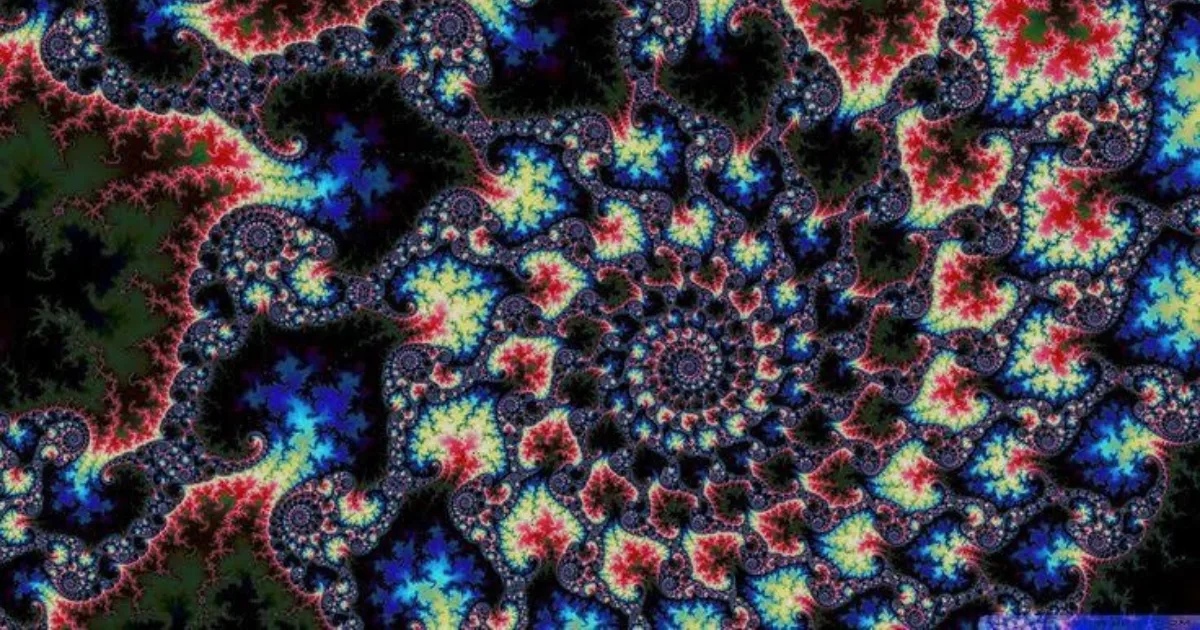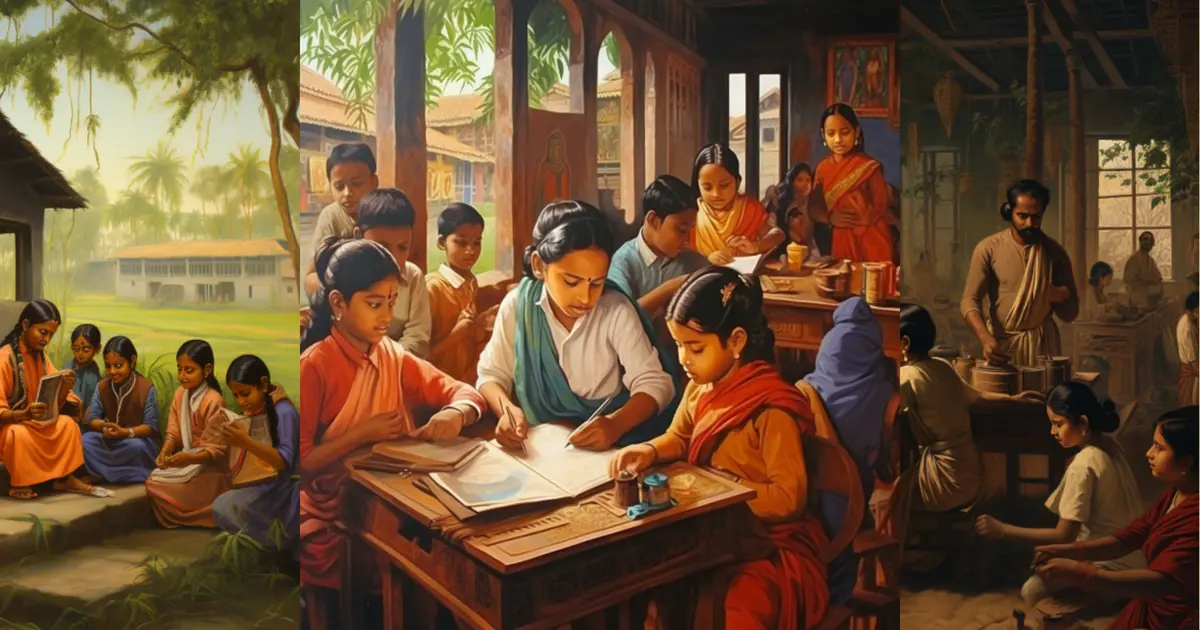Controversies of the day pass but eternal questions endure. Sarvepalli Radhakrishnan dedicated his life to precisely these eternal questions: From where does art derive its moving power? What is the mysterious source of scientific insight? How to differentiate between dogmatic religion and genuine spiritual insight?
This is not to say that S. Radhakrishnan lived in the ivory tower. He represented India at UNESCO, was the Indian ambassador to the Soviet Union, and topped off his political career by becoming the second President of India from 1962 to 1967. Not bad for the man who was a Professor at Oxford and one of the world’s leading scholars of comparative religion before he ever joined politics.
Today S. Radhakrishnan is best remembered as the man whose birthday is celebrated as the National Teachers’ Day in India. His students and friends wanted to throw a little birthday party for him, to which he said:
“Instead of celebrating my birthday, it would be my proud privilege if September 5th is observed as Teachers’ Day.”
In this essay, then, we ask: What does S. Radhakrishnan have to teach us?
S. Radhakrishnan’s own education journey was interesting. He studied philosophy not out of choice but necessity. His finances were constrained, he couldn’t afford textbooks. When his cousin graduated from college in philosophy, S. Radhakrishnan got a free set of philosophy textbooks – and that became his major. In college he warred with his Christian professors:
“My pride as a Hindu was deeply hurt by the treatment accorded to Hinduism in missionary institutions.”
The critiques of Hinduism hurled at him every day compelled him to “make a study of Hinduism and find out what is living and what is dead in it.”
As is the case with most, if not all, intelligent and religious Hindus in the early 20th century, S. Radhakrishnan was deeply influenced by the “enterprise and eloquence of Swami Vivekananda.” Radhakrishnan’s fundamental insight is that modernity offers us a great but empty sophistication. In this essay we explore Radhakrishnan’s ideas via the prism of art – while also touching on science and religion. Let’s dig into Radhakrishnan’s critique of the modern mind – and examine the alternative on offer.
Art: Pretty But Lifeless, Like a Dead Flower?
S. Radhakrishnan writes that most art today is a “skilful arrangement of dead flowers.” But great art is a “work of passion and not mere cleverness.” S. Radhakrishnan on great artists:
“They give us things of beauty and not mere decorations.” Great art is a “lightning flash flung from heaven” and beyond reductive analysis.
But the contemporary mind has been trained to reduce everything noble to its lifeless parts. Therefore a poem is nothing but a string of words strung together rhythmically, and it appeals to us because “rhythm helps breathing.” Psychoanalysis says that “art is the unconscious and symbolic expression” of our repressed sexual urges. Others insist that “historical factors” – both of the artist’s own life and that of his society – account for most of art. But S. Radhakrishnan writes:
“If we trace all art to rhythm, sex or environment, we shall not be able to discriminate between Beethoven and a brass-voiced beggar, Shakespeare and a clever undergraduate versifier.”
The truth is precisely the reverse of the consensus:
“When all is said and done, art is an accident, which depends on what we make of the conditions and not what they make of us.”
Radhakrishnan damns modern literature:
“Modern literature is essentially trivial. Even our greatest masters like Bernard Shaw and H. G. Wells do not touch the heights of genius. They have not given us one epic which brings out the full meaning of life, which leaves us throbbing with wild hopes and dazzled by new vistas, not a single drama of a profoundly moving nature which devastates us by its grandeur, burns into us unforgettable visions of menat grips with fate, which shakes, exhausts, cleanses us. It is because they deal with the tumult of the soul and not with its depth. They are predominantly intellectual.”
Note how Radhakrishnan tells us what great art, in his mind, is meant to accomplish: To shake us, exhaust us, and cleanse us. Art must leave a powerful effect on us. Art, both in Radhakrishnan’s time and much more so today, fails to leave a lasting impression because the artist schemes, thinks, and argues more than he dreams, intuits, and feels: “We are a generation of intellectuals, keen in analysis, patient in observation, but no great art was ever made of observation and analysis.”
S. Radhakrishnan also draws an important distinction between Poetry and Prose:
“Poetry is the language of the soul, while prose is the language of science. The former is the language of mystery, of devotion, of religion. Prose lays bare its whole meaning to intelligence, while poetry plunges us in the mysterium tremendum of life and suggests the truths that cannot be stated. An atmosphere of the numinous envelops all poetry.”
We live in an age of prose. We talk in prose, plan in prose, and perhaps we even dream in prose. Prose has clarity, proportion, and order – but what about aspects of human experience that are not clear, proportional, and orderly? For thousands of years, poetry has been the art-form of choice to tackle these mysterious dimensions of life. But for a hundred years now, poetry has been under attack from western materialism. We are no longer interested in truths that “cannot be stated” but only suggested.
Conclusion: Art will be Saved – by Intuition
Radhakrishnan has a beautiful definition of intuition: “Intuitions are convictions arising out of a fullness of life in a spontaneous way.” Intuition carries its own proof. S. Radhakrishnan, in The Idealist View Of Life, writes:
“(Intuition) is self-established (svataḥsiddha), self-evidencing (svasaṃvedya), and self-luminous (svayaṃprakāśa). Intuition is its own cause and its own explanation. It is sovereign. Intuition is a positive feeling of calm and confidence, joy and strength. Intuition is profoundly satisfying. It is peace, power and joy.”
Why should we trust this intuition to give us good art? Because it’s this same intuition which also gives us great science and great religious insights.
S. Radhakrishnan writes: “A new law in mathematics is just as much a bit of spontaneous intuition as is a composition in music by Mozart.” Henri Poincaré, called the “The Last Universalist” of Mathematics, agrees with him. Poincaré: “All true mathematicians recognise (that) the useful combinations are precisely the most beautiful.”
At the highest levels, truth doesn’t dance unless it’s a duet with beauty.
Great religious leaders also prioritize intuitive wisdom over logic and arguments. S. Radhakrishnan writes:
“The intuitive seers shrink from precise statements and clear-cut definitions. They speak in picture and allegory, parable and miracle.”
The mystics who actually start new religious movements are flexible, unlike their rigid successors: “They are not in a hurry to turn a great life into a rigid formula, a mystery into a metaphysics which can be learnt by heart by everybody.”
Our education feeds us, but perhaps too much; instructs us, but perhaps too much; and straightens us out, but perhaps too much. As centuries’ worth of norms, stories, and discovered truths enter our brains, the voice of our own intuition is muffled.
Radhakrishnan’s advice: Strain to hear your intuition. Discover it, polish it, and trust it. It’s the wellspring of all great art, true science, and noble acts.





